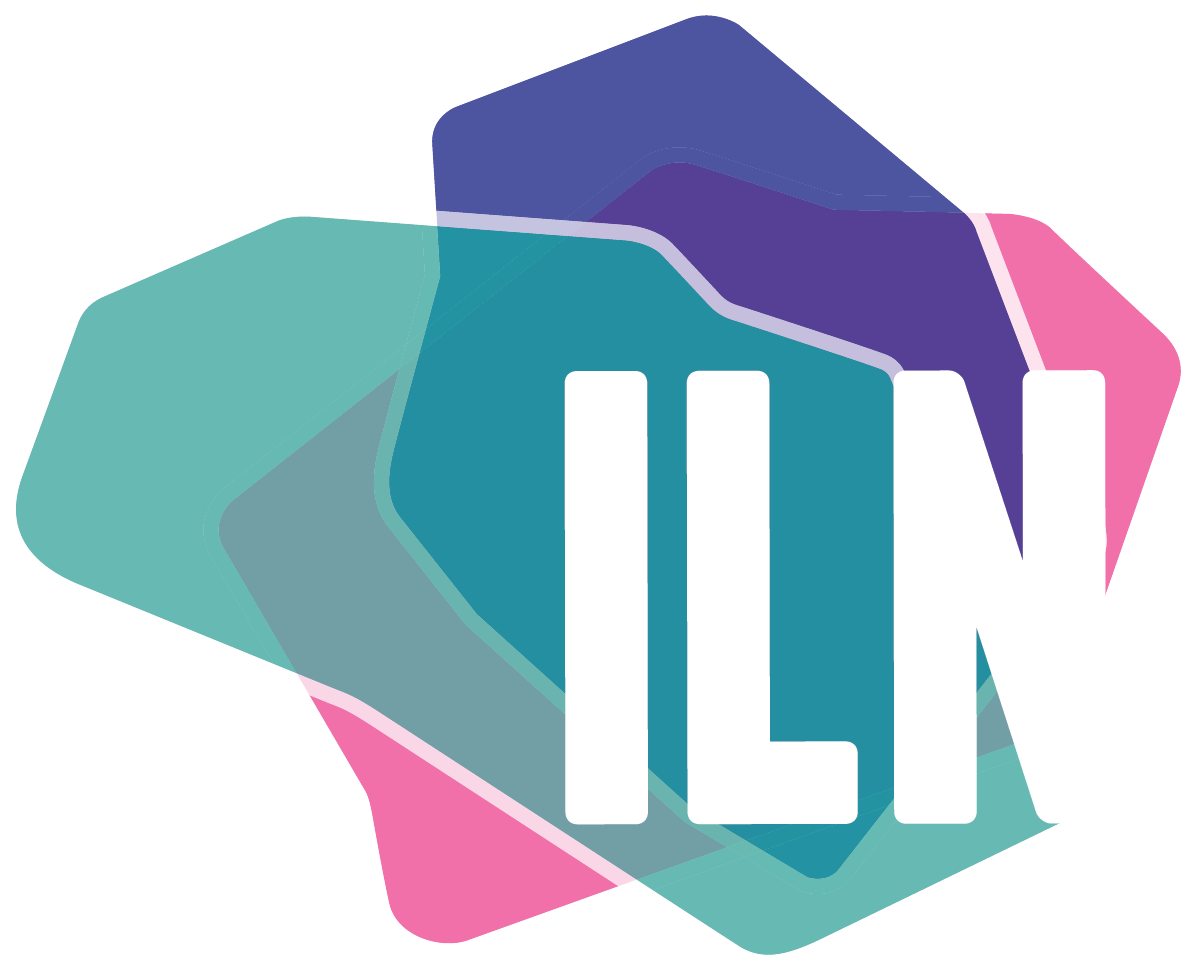Designing a More Equitable Future of Innovation
From left to right: Adimika Arthur (Moderator), Courtney Richardson, Lauren Collins Scott, and Chris McCarthy
At #ViVE2023, Lauren Collins Scott, Courtney Richardson, and I riffed with moderator Health Tech 4 Medicaid's (HT4M) Adimika Arthur on our experiences with #equity-based #design. It was a powerful conversation of ideas and stories on doing this work and illuminated the current state, techniques, successes, and failures. Below are some takeaways:
Community First (#Inclusion)
Inclusion is still difficult for so many efforts. With inclusion, think "the very beginning"; who is present when the "work" is being considered? And this is precisely why it's hard for organizations to embrace this fully. Deciding what to explore and ultimately create is often done behind closed doors; opening the door in a collaborative, community-based approach is a powerful leap forward.
· Systems Thinking
· Community Collaboratives
· Joint Decision Making and Power Sharing
We Need Dynamic Solutions (#Equity)
The default is designing for the "bulk of the curve." This is not the path to better outcomes for all. We now have the ability/power to create dynamic solutions that adapt to each population and individual so that much more of the curve achieves the same (or similar) outcome; THIS approaches equity in health outcomes.
· Expand population "segments" from the start
· Commit to designing for multiple segments in parallel
· Create dynamic solutions that adjust for the individual
The Organization Reflection (#Diversity)
Simply put, our organizations should look like our communities, from executives to the tactical teams of designers, product leaders, and engineers. This means opening the lens of how we staff. While it is not best practice (or even appropriate) to confuse employees' experience with the community's, it is imperative that organizations are staffed with community talent and lived experience.
· Widen the lens of staffing
· Ensure the Project Team Reflects the Community
· Partner with Organizations that are in the Community
The Joy of #Justice
Justice comes from longer-term outcomes that flow from equity-based designs with the clear principles of inclusion and diversity. And it can also be a reparative design element on its own. For too long, communities have been asked to volunteer their lived experience, which gets converted into a product or service. Instead, pay for the wisdom and knowledge contributed. And give credit where credit is due. We often forget where we got the aha, the insight, or the breakthrough, but it IS important to acknowledge the many who did the work.
· Develop Justice Principles
· Commit to Non-Extraction
· Commit to Attribution
Here are some of the people who gave me ideas and knowledge for the piece:
My Incredible Fellow Panelist: Lauren Collins Scott, Courtney Richardson
My Moderator & Provocateur: Adimika Arthur
Team Members That Grew Me: Dana Ragouzeous, Adrienne Philpart, Josh Lavra
The Book That Changed My Lens: Design Justice by Sasha Costanza-Chock

